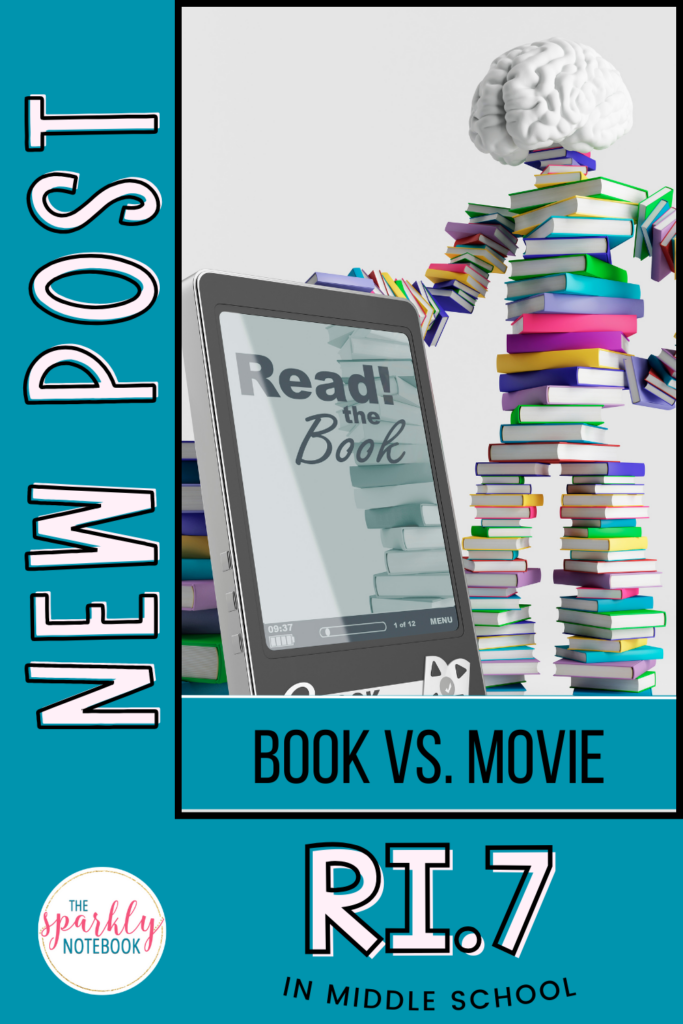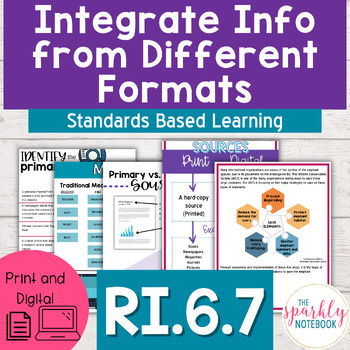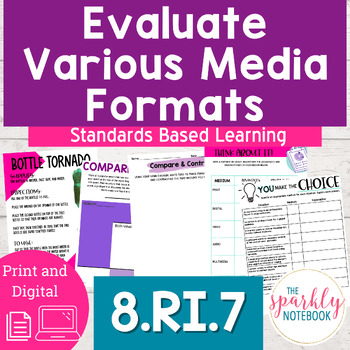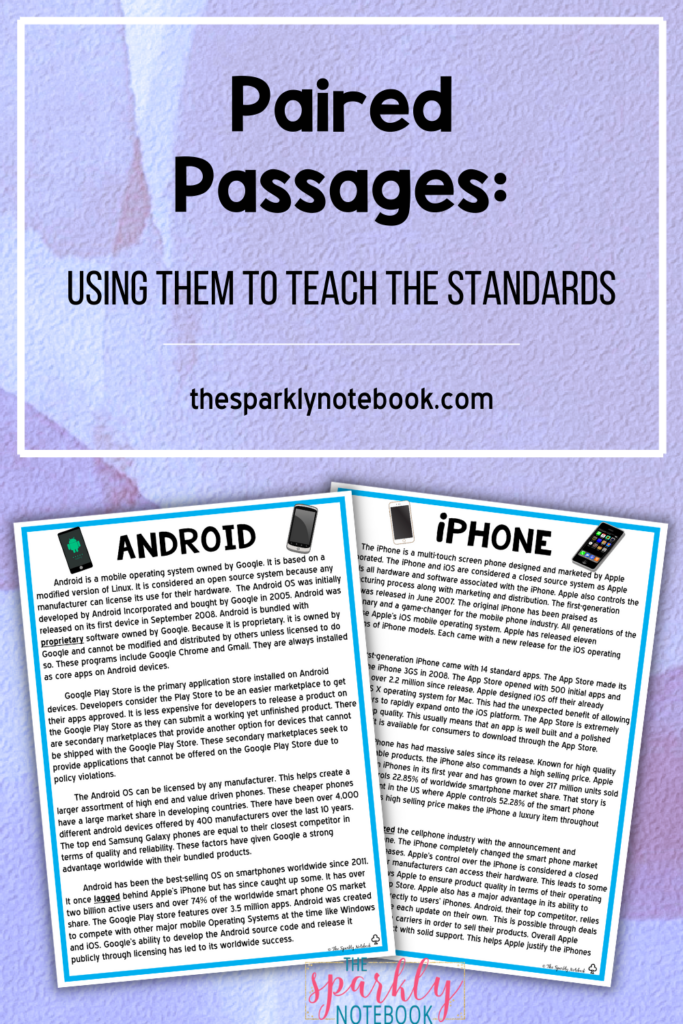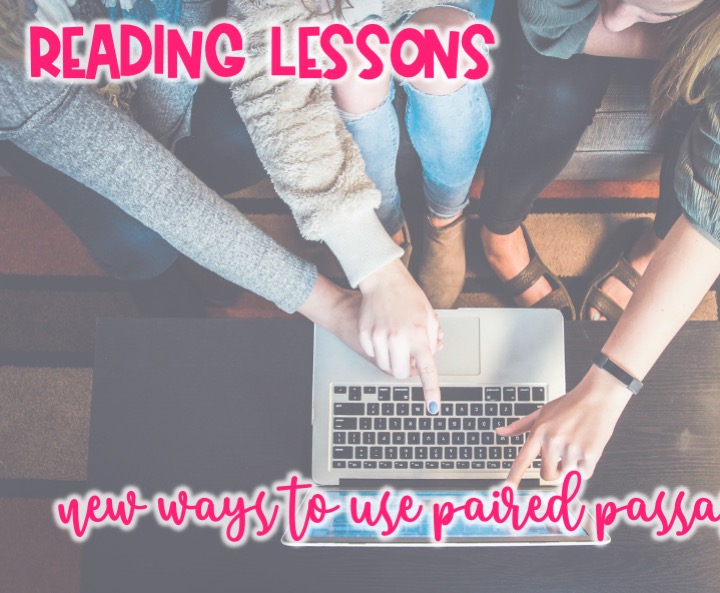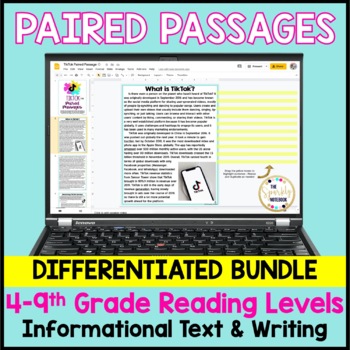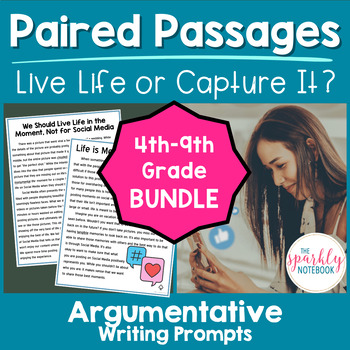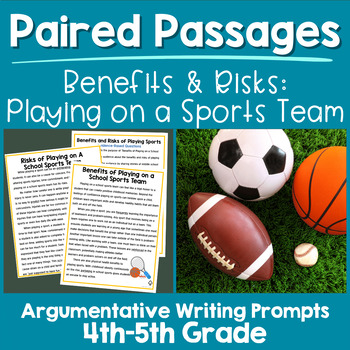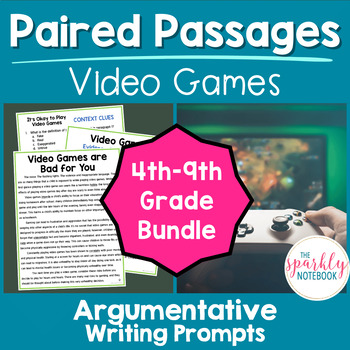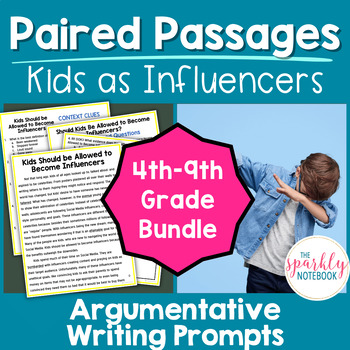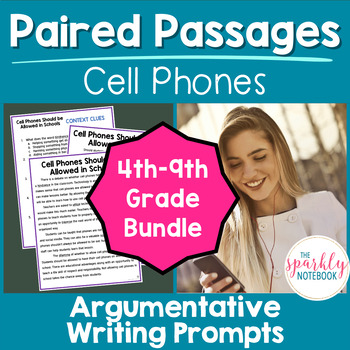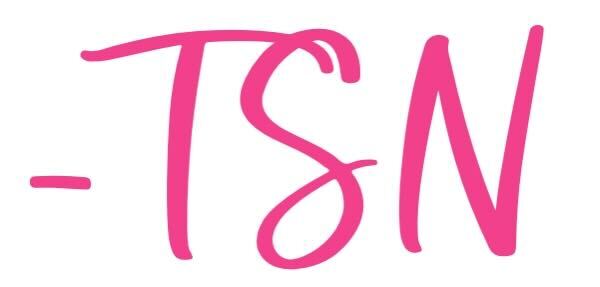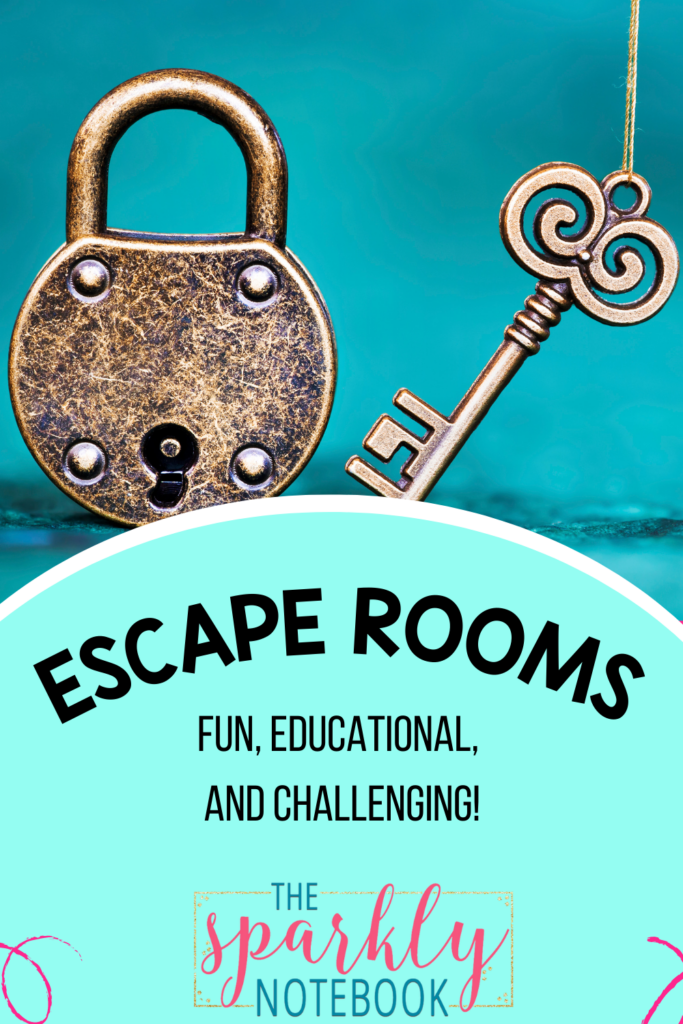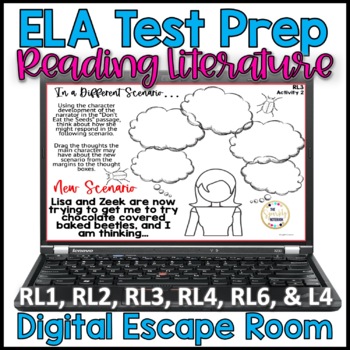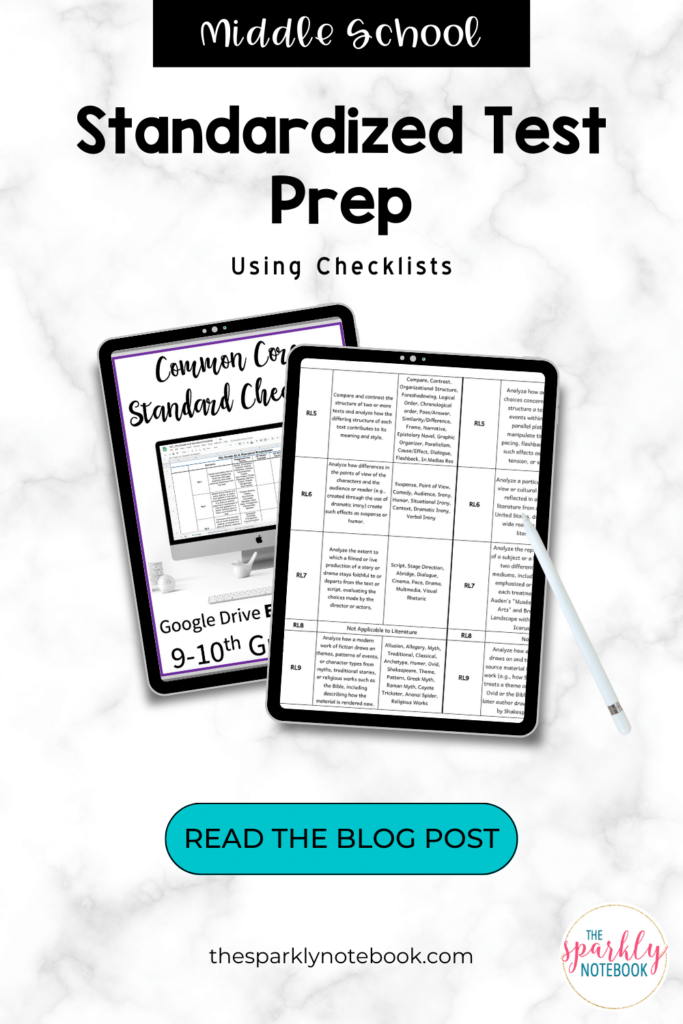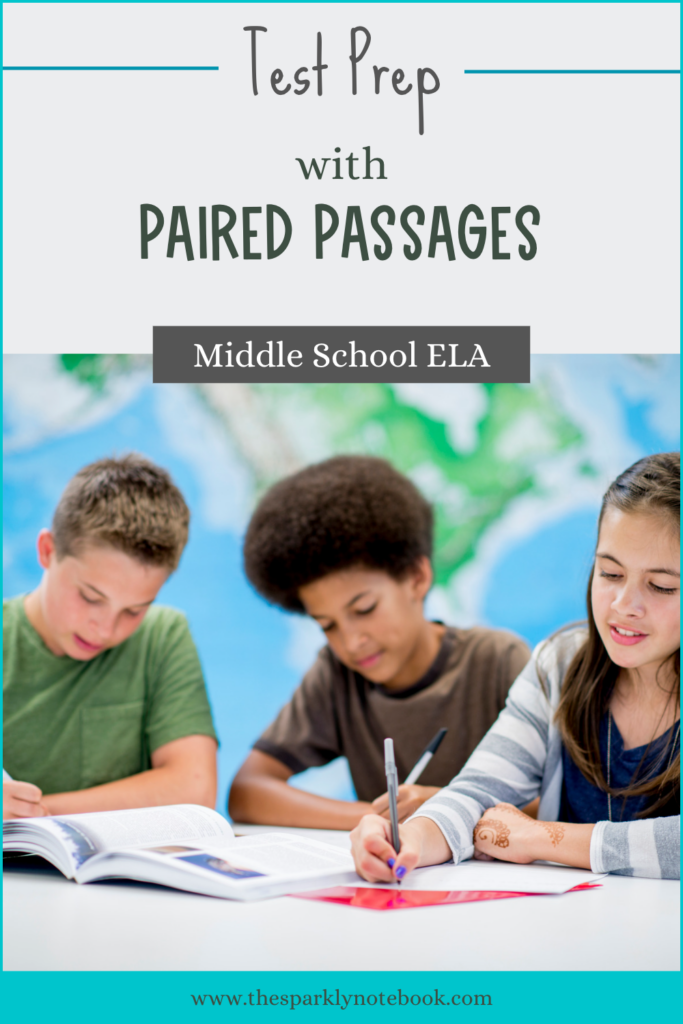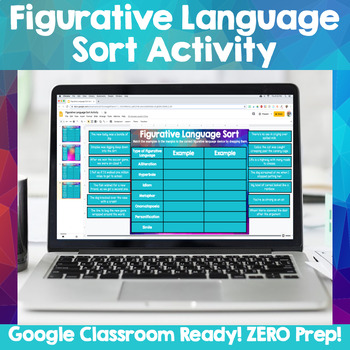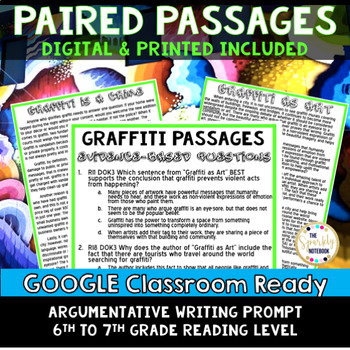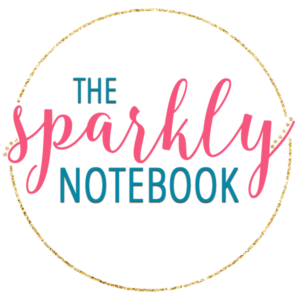A breakdown for instructors who teach L.2 in middle school ELA. This post includes learning targets, concept breakdowns, resource suggestions, and activity and assessment ideas!
Good grammar and punctuation is a staple of ELA instruction no matter which grade level you’re teaching, but with so many different rules to teach, it’s exhausting to know where to start and end each year.
In this post, we have combined the brains of several middle-level ELA teachers to develop some learning targets you can focus on in each grade level to ensure your students are leaving the middle school classroom with an astute understanding of grammar and punctuation.
Let’s begin by talking through how we’re making sure that we are breaking down the standards fully and how we decide which learning targets to focus on.
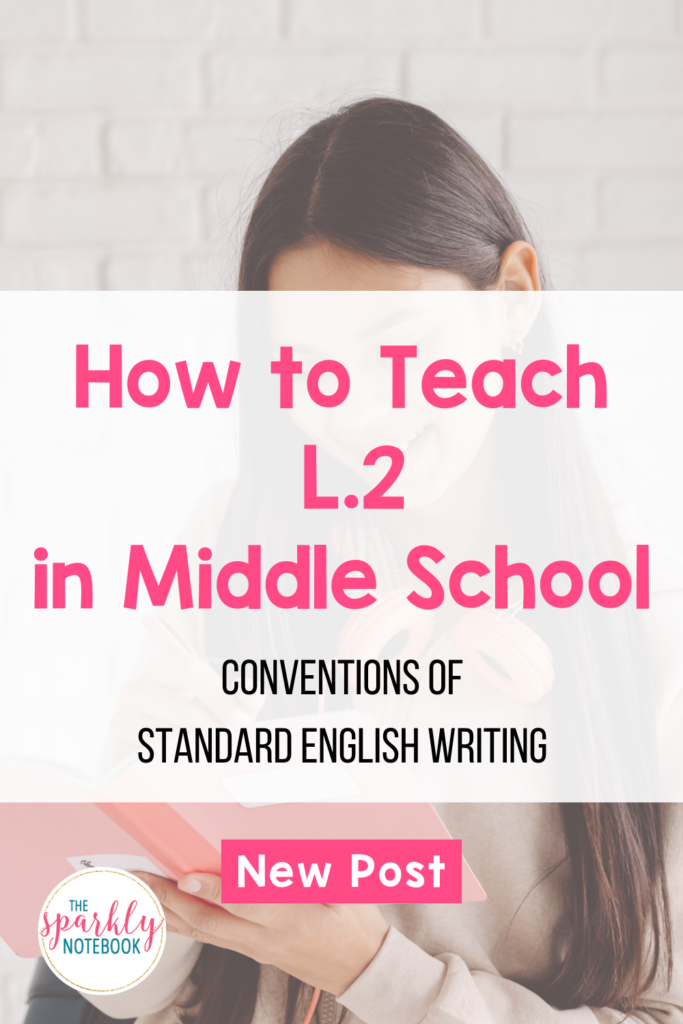
Learning Targets
By focusing on learning targets, we can model our lessons to hit very specific goals and skills. In this post, we discuss how we break down each standard and make a plan for learning, practicing, and reviewing the standards throughout the year using the checklists below.
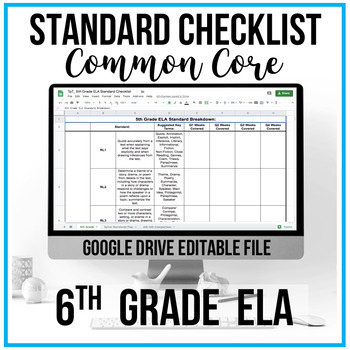
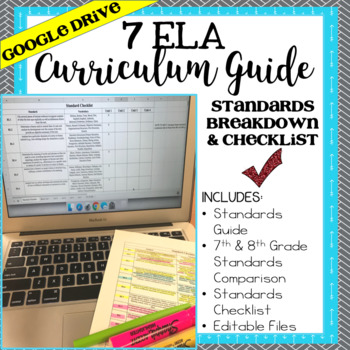
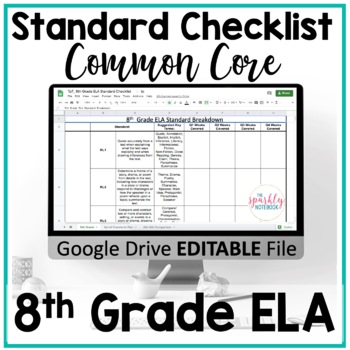
The way we break down standards, we focus on creating 3-5 learning targets for each standard. These learning targets focus on the nuances of each standard and help us to make sure that we
Here are the learning targets on which we developed our resources for L.2.
Teaching L.7.2 (7th Grade)
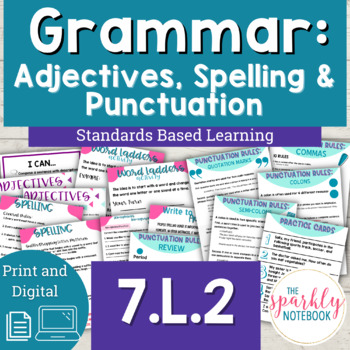
7th Grade Standard: Demonstrate command of the conventions of standard English capitalization, punctuation, and spelling when writing
7th Grade Learning Targets
- I can compose a sentence with descriptive adjectives before the noun they describe and use proper punctuation when using coordinating adjectives.
- I can spell words commonly found in seventh-grade level text including homophones, homonyms, and homographs.
- I can use proper punctuation when writing including commas, semicolons, quotation marks, colons, and apostrophes.
Teaching L.8.2 (8th Grade)
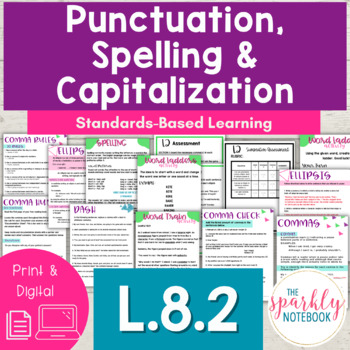
8th Grade Standard: Demonstrate command of the conventions of standard English capitalization, punctuation, and spelling when writing.
8th Grade Learning Targets
- I can use punctuation (comma, ellipsis, dash) to indicate a pause or break.
- I can use an ellipsis to indicate an omission.
- I can spell correctly.
Growing through Middle School
When it comes to grammar and punctuation, consistency is the key. The more you can have students practice writing and rewriting, the better off you’ll be. A lot of times we think that students are just going to eventually ‘get it,’ but punctuation and grammar is all about consistent practice over time both in finding and fixing errors as well as editing and giving suggestions to others.
Do not under-value editing, especially in middle school, while students are picking up habits (both good and bad).
If you see students failing to capitalize the ‘I’ in their sentences, make them redo the sentence. If you notice that they aren’t good at using commas in certain sentence patterns, then spend some time explicitly teaching that pattern.
Make the rules easy and memorable, and expect your students to follow them daily.
Resources for teaching L.2
I would have resources on hand to practice L.2 daily. This means you’ll want a variety of different kinds of resources that cover lots of other skills.
I love finding good holiday resources for grammar and punctuation practice because it feels like a good time to throw in a little holiday cheer. That being said, I also think you must have a good foundation before resorting to various holiday and month-specific resources, assessments, and activities.
That is why we’ve created a grade-level specific unit for 7th and 8th grade, teaching, practicing, and assessing the skills that fall within the L.2 standard.
Click on the links below to closely examine our L.2 resources.
The resources include a lesson/activity for each specific learning target or concept as well as posters, and answer keys.
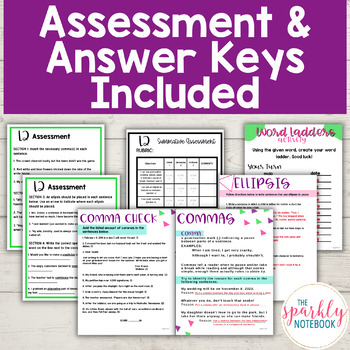
Activities and Projects for Practicing and Assessing L.2 in Middle School
- Comma Rules of the Week: There are a lot of comma rules. In both our 7th and 8th grade resources, we provide a list of 10 comma rules. Spend a full week on each of these, and hit them HARD. Once students are expected to know a comma rule, point it out every time it comes up, and expect students to rework assignments to make sure all rules are being followed.
- Audience-Specific Writing: Some rules don’t apply in all situations. Practice writing to different audiences. For example, a blogging audience tends to prefer paragraphs that are much shorter (often only 1-2 sentences). Formal, professional writing, on the other hand, typically encourages longer paragraphs (5-7 sentences) that follow a more structure style. Encourage students to research and write in these different styles to explore the conventions and grammar expectations for each. We do some projects similar to this style in our 7th-grade resource.
- Comma Hunt: Read through a passage and document any commas being used. Write down the sentence and then identify which comma rule the sentence is either following or breaking. Fix the sentence accordingly. This is an activity in our 8th-grade resource.
Ensuring your students understand and master the standards feels like a huge challenge, and we understand that. That is why we create standards-focused resources that provide teachers with activities, lessons, and assessments that explicitly teach each of the middle school ELA standards.
